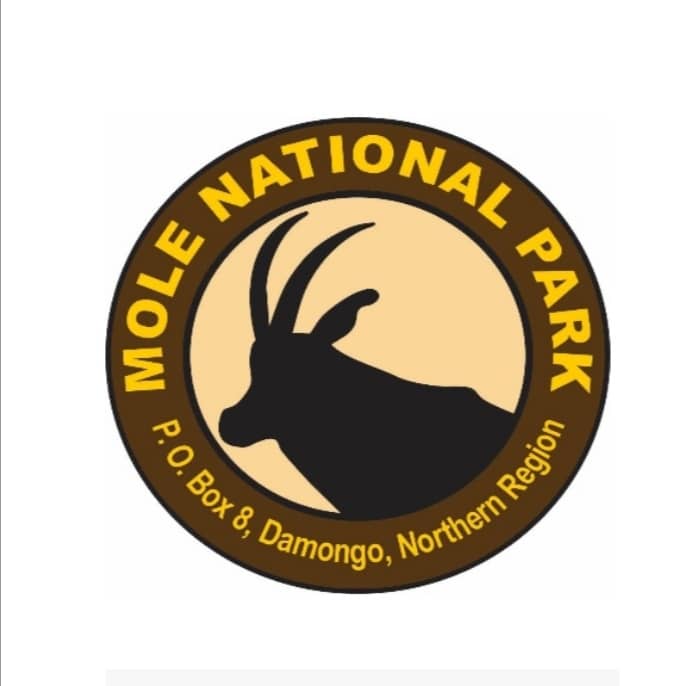The history of Mole is essentially the history of the Gonjas. They are a farming and hunting people of the far past, who wandered the vast savannah for survival, fighting the slave trade. Today’s Gonjas balance themselves between conservation and development, to protect Mole as a major biodiversity spot, a future World Heritage Site and a main destination for visitors.
In the 18th Century, following a dispute over the succession of the Gonja Paramount Chieftaincy, a long war broke out between the Kong and Bole divisions of the Gonja people. The Kong people then sought the help of the two infamous slave raiders – Samori from Guinea, and Babatu from Côte d’Ivoire. These two groups massacred a large number of people before they themselves were defeated at the Battle of Jentilpe. The Bole division eventually won the war, but the area had become uninhabited. The remaining people then congregated in a few small villages and lived by hunting and cultivating small farms. Cattle could only be kept in one or two areas, because of tsetse flies.
By 1870, the Gonja people had become the dominant ethnic group, after defeating all other tribes in inter-tribal wars. As a result, the majority of the people in the area still live under the Gonja sovereignty.
In the 1930s, the British Colonial Administration designated some 2,300 sq. km of the present park as a Game Clearance Area, in an effort to control tsetse flies. The aim was to clear the area of wildlife so that the tsetse flies would have no food and would die out. Habitat was also cleared along rivers and streams. Large numbers of antelopes and buffalos were shot but fortunately, the policy of game clearance was abandoned in 1957.
In 1943, the Paramount Chief (known as Yagbonwura) moved his seat of office from Nyange to Damongo. A large entourage went with him, and the size of the village increased considerably.
In 1958 Mole Game Reserve was established, enclosing some traditional hunting grounds and sacred sites. In 1964 all the inhabitants of five villages in the southern part of the park were resettled elsewhere. In 1971 Mole was gazetted as a National Park under Wildlife Reserves Regulation (L.I. 710) with an enlarged area of 4,554 square kilometres. In 1992, the Gbantala triangle was added, bringing the size to its current 4,577km2.


Archaeology
Mole National Park territory is linked to the slave trade. The ancient caravan route from Salaga to Wa and beyond to Mali, passed through the heart of what today is Mole National Park. This route was used for both trading and to transport slaves to coastal markets. The Park Headquarters is located right at a place where two famous slave raiders (Samore and Babatu) raided and razed a village to the ground. The Headquarters is named after one of them, Samole. There is a cave in the Konkori escarpment that was used as a refuge from slave raiders by the local indigenes.
In the immediate vicinity of Mole National Park there are important archaeological sites, namely, among others:
• Ykpabongo, with its Komaland archaeological excavations, the first of which were conducted in 1985; Ykpabongo at the extreme north of Mole National Park.
• Daboya, situated in Gonjaland in Northern Ghana, on the East of Mole National Park, with finds at the site including traditional burial mounds and comb-decorated pottery, as well as an extant mosque from the 16th or 17th century.
• Nyange, the traditional seat of the Yagbongwura, the Paramount Chief of the Gonja State. Nyange served as the capital until 1944, when that function was transferred to Damongo. The Archeological site is made, among others, of the remains of the Yagbongwura’s Palace and Court House.

